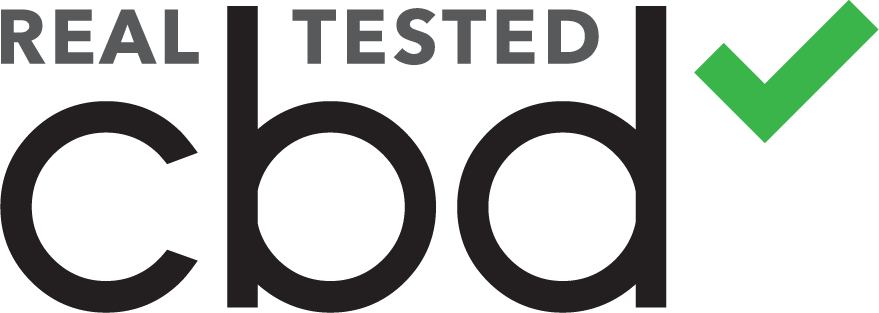If you’ve been browsing through the CBD product reviews on Real Tested CBD, you’ve probably run across the acronym “ND.” It’s common to find these two letters on various columns in a standard third-party lab report. However, if you’re not already involved in the lab testing industry, you may have wondered what this term refers to.
The TL;DR is that “ND” means “non-detectable.” Therefore, when you see ND on your lab test, you can rest assured the corresponding chemical is virtually non-existent in your product.
OK, so how do people use ND when scanning CBD oils? When is it a good thing to see ND on your lab reports? To better understand why ND is so crucial in the CBD industry, we need to review the hemp plant’s biology.
ND, CBD, and THC — How To Use “ND” To Screen For Psychoactivity
ND has a super significant relationship with the cannabinoid delta-9 THC. As many hemp customers know, the US government only legalized hemp-derived products with ≤ 0.3 percent delta-9 THC on a dry weight basis. Therefore, companies need to verify the concentration of delta-9 in their CBD formulas meets these stringent standards before shipping them to the public. If the THC level is even a hair above 0.3 percent, it’s no different from a federally-illegal marijuana strain.
Interestingly, this doesn’t mean you need to see “ND” by delta-9 THC in a lab report. You’ll probably see delta-9 concentrations of ~ 0.2 percent if you have a full-spectrum CBD oil. The major selling point for full-spectrum extracts is that they can contain more hemp cannabinoids, including ≤ 0.3 percent THC.
However, if you’re buying a broad-spectrum extract or CBD isolate powder, you should see “ND” or “Zero Percent” associated with delta-9 THC. These terms let you know the THC levels in your final CBD product are so low that they’re almost non-existent.
Are There Other Hemp Compounds That Should Be “Non-Detectable?”
Although most people focus on using “ND” to track a CBD oil’s THC range, there’s another area where this term is critical. As you go through a CBD oil’s lab test results, please take your time reviewing the traces of heavy metals, solvents, and pesticides. You must see “ND” by all of these nasty compounds.
Unfortunately for consumers, the hemp plant is exceptionally good at absorbing toxins like lead from the soil. Also, there are many farmers and manufacturers who use harsh solvents and pesticides to grow their hemp strains, but they don’t purify them out of the final product.
The only way you’ll know your CBD is clean is to look for “ND” in all of these columns. You never want to be putting these nasty chemicals in your body, so please always take care to study this section.
Learn How To Screen Hemp Goodies On Real Tested CBD!
Reviewing CBD oil lab results can take a bit of practice. Thankfully, you don’t have to buy a boatload of different CBD products to gain experience reading these reports. Real Tested CBD has countless unbiased CBD reviews to help you understand lab test results.
Advertising disclosure: We may receive compensation for some of the links in our stories. Thank you for supporting Irvine Weekly and our advertisers.


